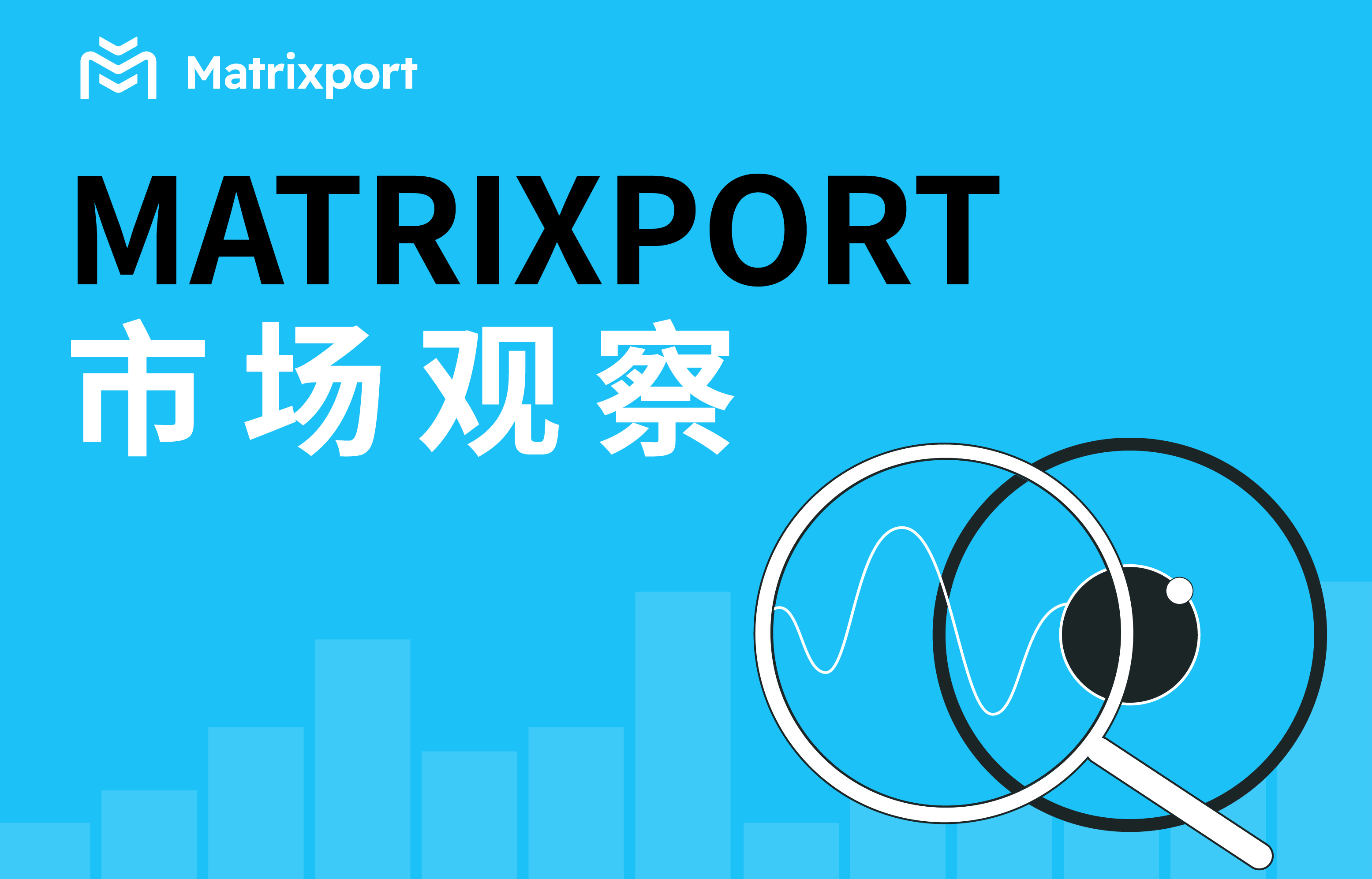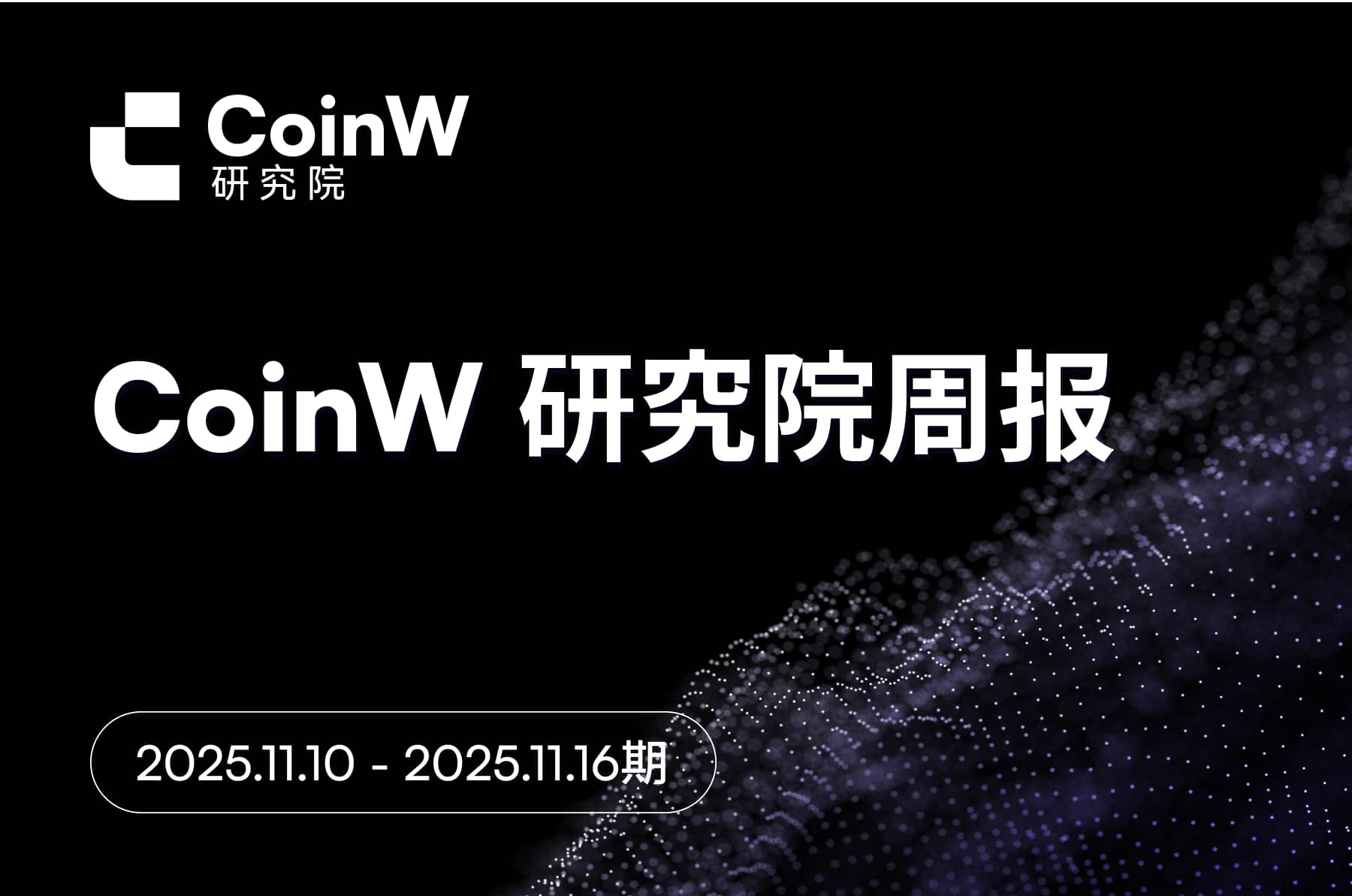On May 29, 2025, the United States Securities and Exchange Commission (SEC) released a regulatory stance statement regarding specific PoS network staking activities, which has drawn widespread attention from the crypto industry. Although this statement is not final law or formal regulation, it clearly expresses the SEC's regulatory attitude towards staking activities, holding significant guiding and reference value, and may influence the formulation and implementation of related policies in the future.
1. Definitions Related to Staking
In this statement, the SEC defines protocol staking as: the act of users staking crypto assets closely related to the operation of a public, permissionless blockchain network that employs a Proof-of-Stake (PoS) mechanism, thereby obtaining the rights to participate in network consensus, maintain network security, and ensure technical operation, and receiving rewards as a result.
It also refers to the assets involved in the staking process as "Covered Crypto Assets." These assets are typically directly related to the network's operational mechanism, primarily used to participate in network consensus (such as validating new blocks) and ensuring technical stability and security. Users participate in network operations by staking these assets and receive corresponding rewards. Typical examples include ETH from the Ethereum network, DOT from the Polkadot network, and ATOM from the Cosmos network.
In this process, validators obtain the authority to validate new blocks through staking. Their rewards may come from newly minted crypto assets, network transaction fees, and other incentive mechanisms. This design aims to encourage users to actively stake assets to enhance the network's decentralization and security, as the more assets staked, the stronger the network's ability to resist "malicious majority control" attacks.
According to different staking methods, the SEC categorizes them into three types:
The first type is "Self or Solo Staking," where users run their own nodes and have complete control over their assets, allowing them to receive the full rewards.
The second type is "Self-Custodial Staking with Third Party," where users delegate validation rights to third-party nodes but still manage their assets and private keys themselves. Third-party node operators assist in validation and share part of the rewards, allowing users and validators to jointly earn staking income.
The third type is "Custodial Staking," where users entrust their assets to a third party for staking, with rewards distributed according to an agreed-upon ratio.
The SEC emphasizes that custodians must not use users' staked assets for lending, trading, or other non-staking purposes. Additionally, the SEC will focus on whether ownership and control of the assets change during the staking process, whether third parties use the assets for other purposes (such as lending or trading), whether the participation method constitutes a securities offering or investment contract, and whether these mechanisms may increase user asset risks or pose network governance risks.
2. Non-Securities Nature of Protocol Staking
The main focus of this statement is whether protocol staking falls under the category of securities regulation. In this regard, the SEC states that the determination of whether staking activities are "securities" primarily depends on whether users are giving up their money, whether they are handing it over to others to operate, and whether they expect to profit from the efforts of others. They use a standard called the Howey Test.
In simple terms, if a staker runs their own node and stakes their assets themselves, this does not meet the criteria of relying on others to make money, and thus does not count as a security. Even if the validation rights are delegated to a third-party node, as long as the control over the assets does not transfer and the node merely operates on behalf of the user, it does not count as relying on others for profit. Similarly, in custodial staking, even if users hand their assets over to a third party, if the custodian merely operates on behalf of the user without making decisive management decisions (such as whether to stake, how much to stake, or when to stake), this also does not constitute the "substantial efforts of others" clause in securities. In other words, as long as it is not a model of "you put in money, others do the work, and you wait to profit," the SEC typically will not classify it as a security.
Therefore, the SEC believes that in blockchain networks employing a Proof-of-Stake (PoS) mechanism, users' participation in "protocol staking" is fundamentally not within the scope of "securities" as defined by the U.S. Securities Act or the Exchange Act, and does not need to be registered or exempted from registration under securities-related regulations.
Furthermore, regarding the "ancillary services" provided during the staking process, the SEC considers them to be essentially administrative or transactional operations that do not constitute securities activities. For example: helping users bear losses caused by node penalties (slashing), providing early redemption services, adjusting the timing or frequency of reward distribution, or aggregating multiple users' assets to meet staking thresholds. These services are merely to facilitate user staking and do not involve profit promises or active management, so they also fall outside the scope of securities regulation.
3. Market Impact
Although the SEC states in this statement that certain PoS protocol staking activities do not constitute securities offerings, it also emphasizes a premise: only when staking activities are entirely "self-managed" by users, such as running their own nodes, controlling private keys, and using their own assets to participate in staking without relying on third parties for profits, do they not fall under the category of securities.
Conversely, staking activities that rely on third parties may soon be defined as securities. This is especially true when users entrust their crypto assets to centralized platforms or custodians, where users do not directly participate in node operations but rely on these third parties to complete staking and receive returns. Such models may trigger the Howey Test's criteria for determining securities under U.S. law, namely that users expect returns based on "the efforts of others."
In light of this policy statement, some areas of the crypto space may be affected to varying degrees:
For PoS public chain projects (such as Ethereum, Cosmos, etc.), although protocol staking is currently considered outside the scope of securities, if staking activities within their ecosystems are commercialized or centralized by third parties, they may be regulated as securities transactions by regulatory authorities.
For centralized staking platforms, such as Coinbase and Binance, the staking products offered by centralized exchanges typically involve user asset custody and helping users earn returns, which align with the typical characteristics of the Howey Test. The SEC may require such services to complete securities registration or adopt stricter disclosure obligations and compliance reviews in the future, thereby increasing the compliance costs and legal risks for these platforms.
For DeFi staking protocols like Lido and Lombard, although these protocols emphasize "decentralization," whether their governance and node operations are genuinely decentralized and whether users clearly understand the logic of returns may still provoke regulatory discussions. In particular, liquid staking derivative assets (such as stETH, LBTC), which are tokens obtained after users stake, represent their staking rights. These tokens can be traded in the market and possess financial asset attributes. Because they have tradable, security-like characteristics, they may attract indirect regulatory attention and even be deemed assets that need to comply with financial regulatory requirements, thus subjecting such projects to a stricter regulatory environment.
For ordinary users, a more compliant and prudent approach is to prioritize "self-staking" or "non-custodial" methods, such as using hardware wallets, running their own validation nodes, or choosing staking services with decentralized characteristics; they should avoid completely relying on third-party platforms for staking, especially those that promise bundled returns, as the risks come not only from the platform itself but may also be influenced by changes in regulatory policies. Additionally, users should pay attention to whether the platform provides transparent staking processes and risk warnings, including node selection methods, sources of returns, and fee deduction mechanisms, to assess whether it possesses neutral, non-manipulative service characteristics.
4. Conclusion
In summary, the SEC is paving the way for clearer classifications and regulations regarding "whether staking constitutes securities activities." Whether centralized platforms or DeFi protocols, as long as they involve user asset custody, profit promises, or third-party operations, they may fall under regulatory scrutiny. In the future, the boundaries between "neutral tools" and "financial services" will become clearer. Project teams and platforms need to place greater emphasis on compliance design, and users should prioritize staking methods that allow for asset autonomy and transparency.
References
Statement on Certain Protocol Staking Activities. Link: https://www.sec.gov/newsroom/speeches-statements/statement-certain-protocol-staking-activities-052925
Re: Law and Policy Considerations Relevant to Staking Services. Link: https://www.sec.gov/files/ctf-written-input-posa-043025.pdf
免责声明:本文章仅代表作者个人观点,不代表本平台的立场和观点。本文章仅供信息分享,不构成对任何人的任何投资建议。用户与作者之间的任何争议,与本平台无关。如网页中刊载的文章或图片涉及侵权,请提供相关的权利证明和身份证明发送邮件到support@aicoin.com,本平台相关工作人员将会进行核查。




